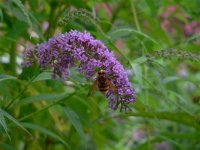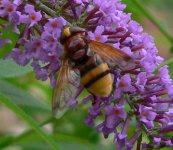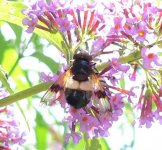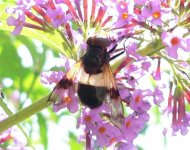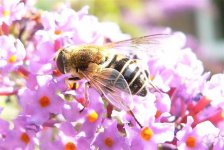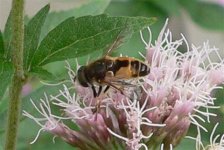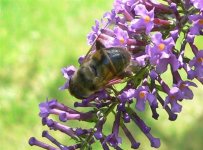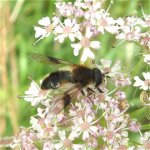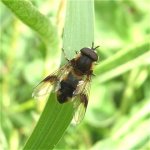Brian Stone
A Stone chatting
Thanks very much for your comments Steve. Bicinctum looks distinctive. I think these Chrysotoxum species are among the most charismatic of the hovers.
Sorry I can't help immediately with your's SarahK but it looks o have got dusted all over with something.
Sorry I can't help immediately with your's SarahK but it looks o have got dusted all over with something.




